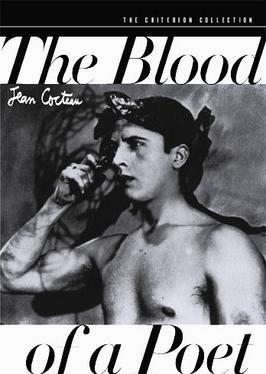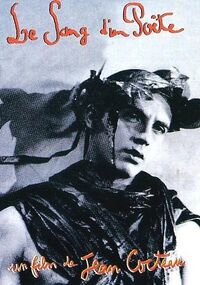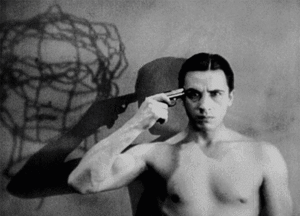Le Sang D'un Poète: Difference between revisions
No edit summary |
No edit summary Tag: Manual revert |
||
| Line 3: | Line 3: | ||
Known as "The Blood Of A Poet" in English.<br> | Known as "The Blood Of A Poet" in English.<br> | ||
Looped clip used primarily at the end of concerts circa 2017-18 & 2022. | Looped clip used primarily at the end of concerts circa 2017-18 & 2022. | ||
[[File:42330_the_blood_of_a_poet.gif | thumb | | [[File:42330_the_blood_of_a_poet.gif | thumb | center | Looped scene used at the end of concerts]] | ||
[[Category:Influences on Morrissey - Film and Television]] | [[Category:Influences on Morrissey - Film and Television]] | ||
[[Category:Concert Backdrop]] | [[Category:Concert Backdrop]] | ||
Latest revision as of 17:17, 17 February 2023
Relevance
Known as "The Blood Of A Poet" in English.
Looped clip used primarily at the end of concerts circa 2017-18 & 2022.
Mentioned In
- Low In High School Tour 2017-2018 Pre-show Tracks
- North America Tour 2019 Pre-show Tracks
- Live In Concert 2022 Pre-show Tracks
- Live In Concert 2023 and 40 Years Of Morrissey Pre-show Tracks
Wikipedia Information
 |
The Blood of a Poet (French: Le sang d'un poète) (1932) is an avant-garde film directed by Jean Cocteau, financed by Charles de Noailles and starring Enrique Riveros, a Chilean actor who had a successful career in European films. Photographer Lee Miller made her only film appearance in this movie, which features an appearance by the famed aerialist Barbette. It is the first part of The Orphic Trilogy, which is continued in Orphée (1950) and concludes with Testament of Orpheus (1960).

